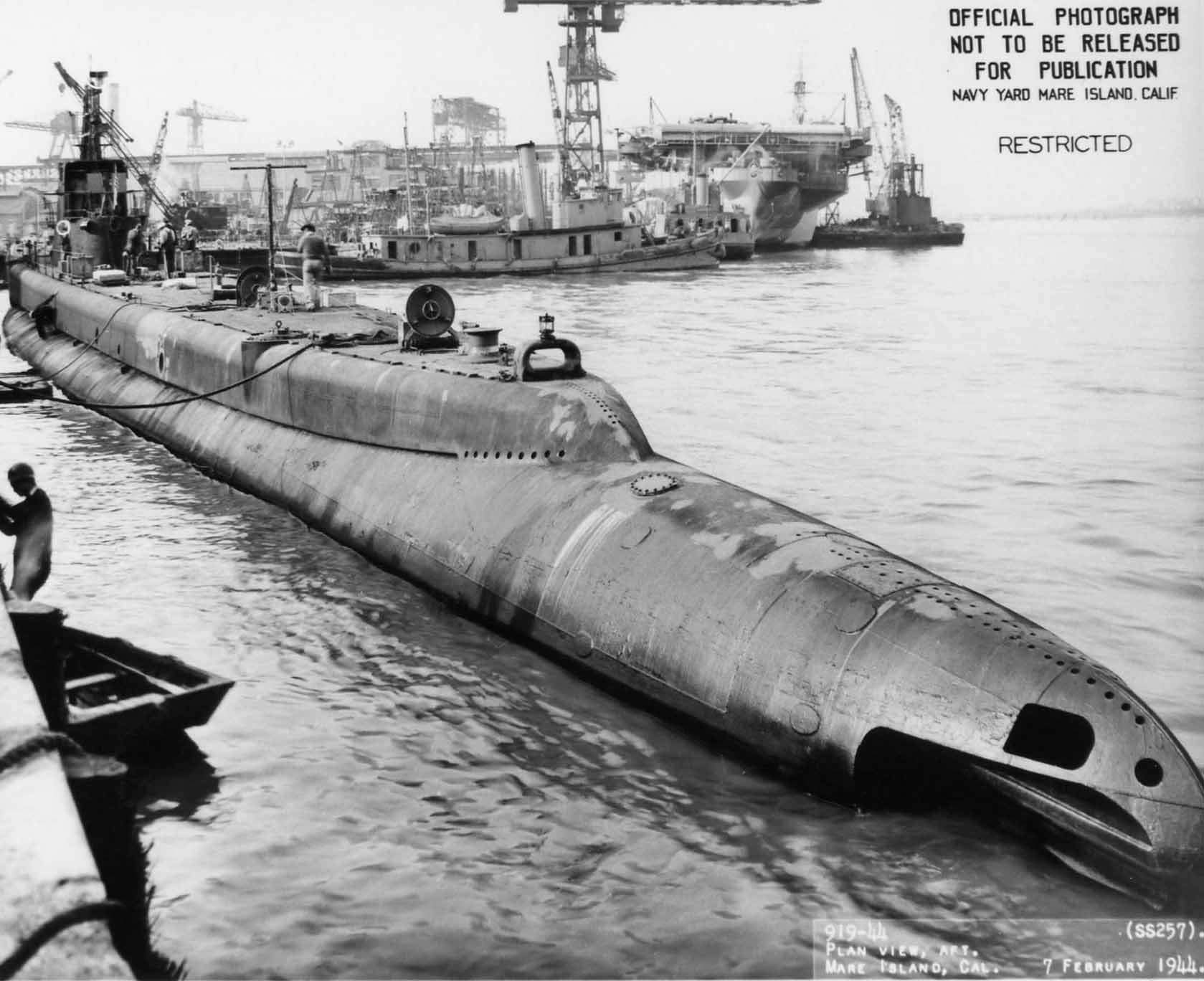
One hundred and fifty years ago this month, JEB Stuart—famed Confederate cavalry commander—was shot during the Battle of Yellow Tavern and died of his wounds the following day, May 12, 1864. During the battle, which would ultimately prove a Confederate loss, Stuart had been firing at a group of Union soldiers, when one Federal, John A. Huff from the 5th Michigan, took aim and shot Stuart. Hit in his right side below the ribs, Stuart was led off the battlefield, having to switch horses when his own became too nervous. He was finally loaded into an ambulance and taken to his brother-in-law’s home in nearby Richmond.
The doctors found that Stuart had sustained severed blood vessels and a perforated intestine, an extremely painful—and fatal—wound. As he lay dying, Stuart got his affairs in order, received visitors (including Jefferson Davis), and led those around him in singing hymns. His final words were, “I am resigned. God’s will be done.” Stuart died at 7:38 p.m., more than 24 hours after being shot. His wife, [http://www.fold3.com/spotlight/41487/jeb_stuart_and_family_1860_census/] Flora, didn’t arrive until 4 hours after his death due to the difficulty of travel. He was buried at Hollywood Cemetery.
When Robert E. Lee heard about Stuart’s passing, he remarked, “I can scarcely think about him without weeping.” Stuart would be remembered not only for his flamboyant uniform (which included a red-lined cape, golden spurs, and a plumed hat), but also for his skill as a cavalry commander and his ability to provide Lee with up-to-date intelligence on the Union army.





J. E. B. Stuart had a German officer attached to his unit to observe cavalry tactics and the use of mobile artillery. His report back in Germany became the basis for cavalry (and later armor) tactics and is the source of what became known as “Blitzkrieg ” or “Lightning War”. Stuart used his artillery like mobile guns rather than the conventional fixed emplacements.
Heros von Borcke, Prussian officer, left a very entertaining & interesting memoir of his experiences with Stuart. It is entitled “Memoirs of The Confederate War for Independence”
The Richmond-Stonewall Jackson Chapter, No. 1705, Virginia Division, UDC, is holding its annual memorial service for Maj. Gen. J. E. B. Stuart on Sunday, May 11, at 3 pm. This year commemorated the 150th anniversary of his mortal wounding during that battle. The service is held at the Yellow Tavern monument off Route 1, above Richmond, Virginia.
General Stonewall Jackson
died on May 10, 1863 from his wounds sustained at the battle of Chancellorsville. His was a great lost to the Confederacy.
Stuart was a major loss, but the war was effectively lost by this time. The loss of Stonewall Jackson at Chancellorsville, was really the end of the line. His successor as Corp Leader at Gettysburg, allowed the southern troops to become involved in a non-winning situation, where they gave up the higher elevations to the Union troops. A sidestep around Gettysburg prior to continued offense toward DC would have saved the lives of many troops, as well as many officers who died or were wounded there. My 1st cousin, 3 times removed. carried the battle flag of the 56th Virginia, CSA, in the second wave of Pickett’s Charge, and was wounded there. He remained under care in the battle field for 3 days, recovered, and was paroled back to the south where he continued his efforts until the end of the war.
It is ironic the 2 MAJ GENERALS were killed just days apart. My cousin Union MAJ GEN John Sedgwick, the XI Corps Commander, was shot and killed by a Confederate sharpshooter on 9 MAY 1864. Gen Sedgwick was the highest ranking Union soldier to be killed in the Civil War. I live in Sedgwick county Kansas (how ironic is that?), and until I notified the county commissoner’s office in AUG 2013, they were unaware that the namesake of the county was killed on 9 MAY 1964. They will issue a proclamation on 14 MAY 2014, which I will receive on the General’s behalf, at the county meeting on that day.
My ancestor John W. Keller of the 13th Alabama was captured on July 1st, 1863 during some of the initial fighting. Two days later many in his unit were casualties during Pickett’s charge. After the war he was released and moved to Texas where a lot of my other Southern relatives moves joining my Texas ancestors and helping build the oil industry in this state.